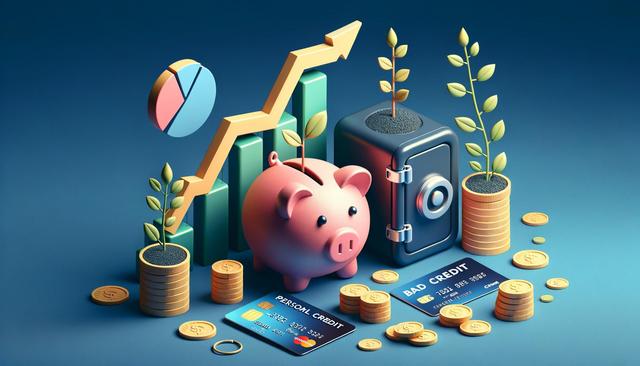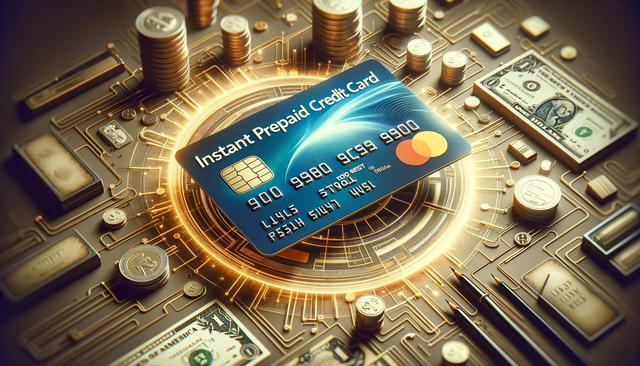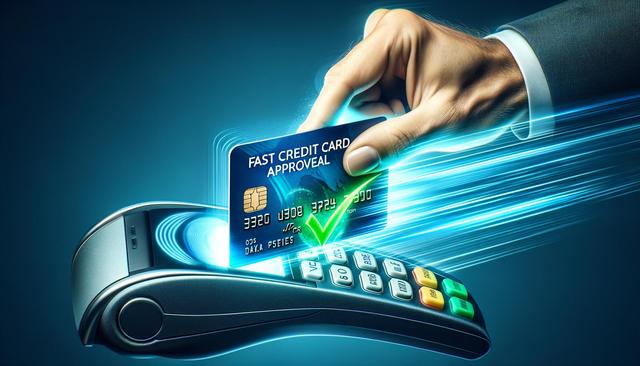Understanding Personal Loans for Bad Credit
If you have a low credit score, getting approved for a personal loan can seem daunting. Traditional lenders often rely heavily on credit reports to assess risk, making it hard for those with past financial challenges to secure funding. However, there are lenders that specifically cater to individuals with less-than-perfect credit. These personal loans for bad credit tend to have more flexible requirements, focusing on your current income, employment status, and ability to repay rather than just your credit history.
When considering these loans, it’s essential to understand how they work. Most are unsecured, meaning they don’t require collateral like a car or house. This can be helpful if you don’t have significant assets but still need access to funds. However, the trade-off often comes in the form of higher interest rates. Because the risk to the lender is greater, the cost of borrowing may increase. That’s why it’s important to compare offers and read the fine print carefully.
Types of Loans Available for Poor Credit
There are several types of personal loans designed for people with bad credit. Each comes with its own benefits and potential risks. Knowing your options helps you make an informed choice that fits your financial situation. Some common loan types include:
- Secured personal loans: These require collateral but often come with lower interest rates.
- Unsecured personal loans: No collateral needed, but may have higher fees or rates.
- Peer-to-peer loans: Funding comes from individual investors rather than a bank, often with more flexible criteria.
- Credit union loans: If you’re a member, these can provide more favorable terms than traditional banks.
Each of these options has eligibility requirements that vary from lender to lender. Before applying, consider your ability to repay, the total cost of the loan, and how it fits into your overall financial goals.
How to Improve Your Loan Approval Chances
Even with bad credit, there are steps you can take to improve your chances of getting approved. Lenders want to see that you’re a responsible borrower, even if your credit history isn’t ideal. Here are a few strategies:
- Check your credit report: Make sure there are no errors that could be dragging down your score.
- Provide proof of income: Steady employment and income can increase lender confidence.
- Reduce current debt: A lower debt-to-income ratio makes you more appealing to lenders.
- Consider a co-signer: A co-signer with good credit can help you qualify for better terms.
Taking these steps not only helps with loan approval but can also contribute to rebuilding your credit over time. Responsible borrowing and consistent on-time payments are key to improving your credit profile.
What to Watch Out for When Borrowing
While there are many legitimate lenders who specialize in bad credit loans, it’s crucial to stay vigilant. Some lenders may take advantage of your situation with high fees, hidden charges, or unfair terms. Watch for warning signs such as:
- Extremely high interest rates that far exceed market norms
- Upfront fees required before loan approval
- Lack of clear loan terms or repayment schedules
- Pressure to act quickly or sign documents without review
Always read the loan agreement thoroughly and don’t hesitate to ask questions. Reputable lenders will be transparent about their terms and willing to explain anything that’s unclear. Trust your instincts—if something feels off, it’s worth exploring other options.
Building Credit with Responsible Loan Use
One of the potential advantages of taking out a personal loan when you have bad credit is the opportunity to rebuild your financial reputation. When used wisely, a loan can be a tool for improving your credit score. Here’s how:
- Pay on time: Payment history is a major factor in your credit score, so be sure to make all payments on or before the due date.
- Stick to your budget: Don’t borrow more than you can afford to repay. Use the loan for a specific purpose and avoid unnecessary spending.
- Monitor your credit: Keep track of your score and watch how responsible borrowing affects it over time.
Over time, consistent repayment and good financial habits can lead to better credit offers and lower interest rates. This makes future borrowing more affordable and can open new financial opportunities down the road.
Conclusion: Moving Forward with Confidence
Getting a personal loan with bad credit is possible—and with the right approach, it can be a step toward financial recovery. By understanding your options, comparing lenders, and borrowing responsibly, you can meet your immediate needs while working toward long-term goals. Always look for loans with transparent terms, manageable payments, and lenders who are willing to work with you. With patience and diligence, you can improve your financial standing and regain control over your finances.


